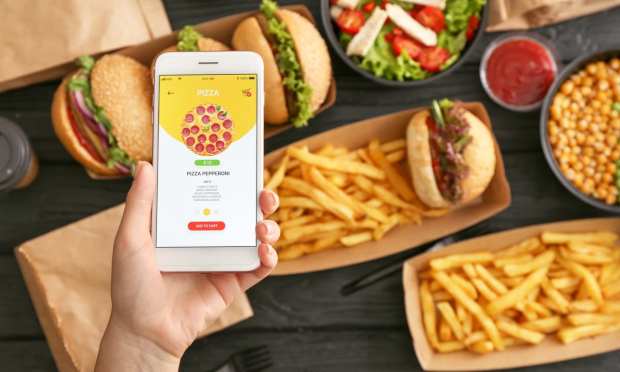PYMNTS Paytronix Study: Superconnected And Mainstream Mobile Users See Loyalty Differently

Who are the “superconnected consumers” and how are they ordering food? PYMNTS researchers set out to find this answer, among others, in the May/June 2021 Delivering On Restaurant Rewards, a Paytronix collaboration.
Surveying a census-balanced panel of over 2,000 U.S. consumers between March 29 and April 1, 2021, we wanted to know more about connected device ownership, how various devices are variously used in ordering comestibles, and how eateries can boost spend using such insights.
What we found are intriguing differences between types of “connected consumers.”
“Consumers who own only smartphones often possess very different age, income and educational backgrounds than those who own smartphones, voice-activated speakers, connected cards and wearables” per the study, which is an exploration of connected devices, what they reveal about desires for digital food ordering experiences, and the features that the full spectrum of American eateries must now provide to keep mobile order spend up.

Meaningful Shades Of Difference
Superconnected consumers own all the devices — from smartphones to smart speakers to smart wearables — because they have a near-unwavering trust in digital commerce. On the flip side, they’ve created the “bring it to me” economy, and many plan to stick with it.
Delivering On Restaurant Rewards states that “the superconnected are by far the most likely group to report ordering in person less and more online since the pandemic began … as 27 percent made this digital shift,” adding that “superconnected consumers’ propensity to order online using any of several connected devices at any given time means that restaurants need to provide ordering options on many different channels to win their business.”
On the other side of the coin, 40 percent of mainstream mobile consumers “say they will go back to dining on-site just as much as they did before March 2020 once it is safe to do so. This is more than three times the share of superconnected consumers who plan to do so,” per the study. “Mainstream mobile consumers were found to be the ‘connected’ persona group most likely to return to pre-pandemic dining habits after the all-clear is sounded.

Customizing Loyalty Offerings For Diverse Digital-First Dining
If food is the product, loyalty adds flavor to the transaction. That’s why investment and intense work are being poured into loyalty than many other operational areas of the restaurant sector.
While 50 percent of superconnected restaurant customers say they’d pay more if they could pay online, the new Delivering On Restaurant Rewards finds that “loyalty programs are in high demand among all connected consumers, but they are particularly important to connected me, mainstream mobile and smartphone-centric consumers,” noting that 33 percent of connected me restaurant customers and 29 percent of mainstream mobile customers would spend more if restaurants offered loyalty programs.
As the study concludes, “Superconnected consumers, with high disposable incomes and an abundance of devices, are keen to order, pay for and earn rewards for food orders digitally first and foremost, while smartphone-centric and mainstream mobile consumers, whose collections are limited to mobile devices, are keener than the rest on in-person dining experiences.”
It places the onus on restaurant operators to maintain momentum in digital payment and loyalty programs “that are easily accessible to these connected consumers if they hope to gain a competitive edge.”

